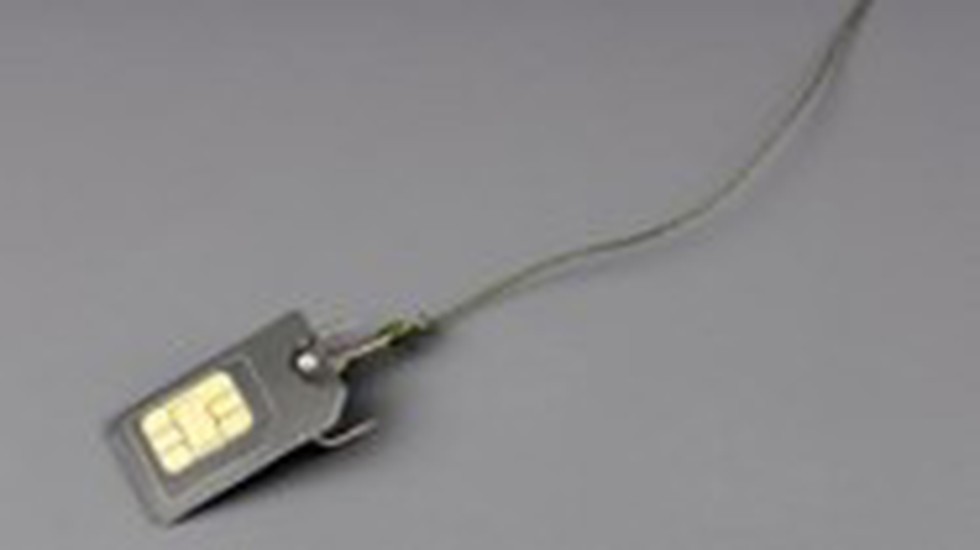About the Subscriber Identification Module (SIM) card:
- It is an integrated circuit, or a microchip, that identifies the subscriber on a given network.
- In order for a mobile phone to connect to any cellular network that follows the Global System for Mobile Communications (GSM) standard, a SIM card is mandatory.
- This relationship is established using a unique authentication key—a piece of data that a user needs to ‘unlock’ access to the network.
- Every SIM card stores this data, and it is designed such that the user can’t access it through their phone.
- Instead, signals sent by the phone into the network are 'signed' by the key, and the network uses the signature to understand whether the phone’s connection is legitimate.
- SIM cards also store information about its own ID number (the integrated circuit card identifier), the IMSI, the subscriber’s location area identity (i.e. their current location), a list of preferred networks (to whom the subscriber can connect when roaming), and, emergency numbers.
How does a SIM card work?
- SIM cards are designed according to the ISO/IEC 7816 international standard maintained by the International Organisation for Standardisation and the International Electrotechnical Commission.
- It applies to electronic identification cards, including smart cards.
- In this standard, the card itself consists of the integrated circuit, which is glued to a silicon substrate on the top side.
- On the other side of the substrate are metal contacts, which form the gold-coloured side of the SIM card.
- Wires connect the integrated circuit from its bottom side to the metal contacts on the top side, and the contacts interface with the phone’s data connectors.
- The metal contacts have a segmented appearance. Each segment is called a pin and has a specific purpose.
- When a subscriber dials a recipient’s number, the phone sends data via the network—signed by the key on the SIM card—to a telephone exchange.
- If the recipient is connected to the same exchange, the network establishes their identity, and the call is routed to them.
- If the recipient is ‘located’ elsewhere, a computer connected to the network routes the call there according to the most optimal route.
